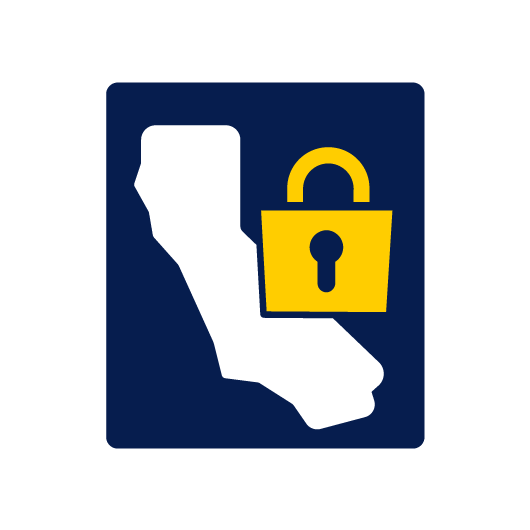Annual Fire Door Inspection Checklist and Report
Fire doors are designed to hold back smoke and flames for 20 to 90 minutes, buying critical time for evacuations and emergency response. But a fire door that's been propped open, has a broken closer, or is missing its seal? Those are just regular doors pretending to be a fire door.
Key standards that govern fire door inspections include:
- NFPA 80: The primary standard for fire door installation, inspection, testing, and maintenance; mandates annual inspections and proper documentation.
- UL 10C: Standard for fire testing of door assemblies under positive pressure.
- International Building Code (IBC): Establishes building design and safety standards, including fire protection.
- NFPA 105: Sets requirements for smoke door assemblies.
In this guide, we're covering the essentials of fire door inspections. Plus, we've built a complete inspection checklist and report template you can download and start using today.
Fire door inspections 101
Building owners, facility managers, and safety officers often have a bunch of questions about fire doors, so let's start with the fundamentals.
What is a fire door inspection?
A fire door inspection is a systematic evaluation of a fire door assembly to ensure it'll do its job when it matters most. It includes checking that the door, frame, hardware, and all the bits in between are in proper working order.
How often are fire doors required to be inspected?
NFPA 80, the Standard for Fire Doors and Other Opening Protectives, requires annual inspections for most fire door assemblies. Keep in mind that annually, by this standard, means a minimum of 9 months and a maximum of 15 months between each inspection.
Some jurisdictions might require more frequent inspections, especially for high-risk facilities like hospitals, schools, or high-rise buildings. Your municipality might have stricter requirements than NFPA 80, and those take precedence.
On top of that, inspection frequency can vary based on usage and location:
- High-traffic doors and doors in critical areas — like stairwells, exit corridors, or fire-rated barriers in high-occupancy buildings — often require more frequent checks due to their importance in evacuation routes.
- Facility-specific schedules sometimes go beyond code minimums; some buildings inspect doors monthly or quarterly as part of their risk management approach, even when regulations only mandate annual inspections.
Who can perform fire door inspections?
This varies depending on your authority having jurisdiction (AHJ), but typically it's either trained maintenance staff or third-party inspectors.
When done by the in-house staff, they need proper training on NFPA 80 requirements. They should understand fire door labels, component functions, and fire door assemblies (not just obvious damage, but code violations and performance issues).
Third-party inspectors are often certified through organizations like the Door and Hardware Institute (DHI).
Sidenote: Some jurisdictions require specific certifications; others just require "competent individuals”.
How to do a fire door inspection?
You work through each fire door assembly, checking every component against NFPA 80 requirements and the door's original listing. Start with visual checks of the door, frame, hardware, and clearances. Then do functional tests: open and close the door, check the latching mechanism, test automatic closing devices. Document every deficiency and its location.
What needs to be checked on a fire door?
You're evaluating the entire fire door assembly as a system:
- Fire door label: Verify it's present, legible, and matches the required rating — without it, you can't prove code compliance.
- Door and frame condition: Look for warping, holes, cracks, rust, or damage that compromises integrity.
- Door clearances: Verify clearances meet NFPA 80 requirements at bottom, sides, and top of the door; excessive gaps allow smoke and fire to spread.
- Glazing: Inspect glass or vision panels for cracks, proper installation, and appropriate fire-rated material.
- Hardware: Ensure hinges, latches, locks, handles, and closers are fire-rated, properly installed, and functioning.
- Door closer: Test that the door closes and latches completely from different open positions.
- Gasketing and seals: Check intumescent and smoke seals for damage and proper installation; these expand in heat to seal gaps.
- Coordinator (for pairs): Verify that the inactive leaf closes before the active leaf.
- Signage: Confirm required "Keep Door Closed" or similar signage is present where required.
- Modifications: Look for unauthorized alterations that void the rating.
- Obstructions: Document anything blocking the door's swing or preventing full closure.
How much does a fire door inspection cost?
Third-party inspections typically run $50 to $150 per door, varying by location, building complexity, and door count. Some companies offer volume discounts or charge hourly ($100 to $200/hour), depending on the inspector's credentials and market rates.
Cost factors include door accessibility, reporting turnaround time, required clearances, and whether you're bundling with other life safety inspections.
While there's an upfront cost, third-party inspections provide independent documentation that insurance companies often prefer, and that's valuable during code enforcement inspections or liability situations.
NFPA 80-compliant fire door inspection checklist
This checklist is based on industry best practices. Use it as a foundation for your inspection process. But always verify specific requirements with your local authority having jurisdiction (AHJ), as they may have additional or more stringent requirements.
Here is an example of an annual fire door inspection checklist built using Forms On Fire. You can click on any of the images to enlarge them.
From colors and sections to notes and dropdowns, virtually everything you see is customizable to your needs. The person performing the inspection can open the checklist on their mobile phone, follow instructions, take pictures, leave additional notes, and tap to submit the form.
Fire door inspection report
A fire door inspection report documents the findings from your inspection and serves as proof of compliance. At a minimum, your report should include the facility information, inspector credentials, inspection date, door location and identification, the results of your visual and operational tests, and any deficiencies found.
The report needs to be signed and kept available for review by the authority having jurisdiction. NFPA 80 requires you to retain inspection records for at least three years, though keeping them for the life of the door assembly is a better practice for tracking maintenance history and proving due diligence.
If deficiencies are found, document the priority level (critical, high, medium, or low) and establish a timeline for corrections. Critical issues affecting door operation should be addressed immediately.
Now, if you are using Forms Of Fire, you can also customize how your reports look. You can define a template and make sure that the automatically generated report uses the desired style.
Here are examples of two different fire door inspection reports using a different pre-made template, based on the form we just shared above:
Create an annual fire door inspection checklist with Forms On Fire
We know it’s hard to get excited about paperwork. But digital inspection forms actually make your life easier.
With Forms On Fire, you can create fire door inspection checklists that work on your phone or tablet, snap photos of problems right there in the moment, and generate reports automatically. Everything's timestamped and stored centrally.
The best part? When an inspector shows up asking for your compliance records, you're not digging through filing cabinets or trying to decipher someone's handwriting from six months ago. Everything's right there, organized and searchable.
Here's how to access our fire door inspection checklist:
- Start a free trial: Sign up for Forms On Fire and see what the form builder can do. No credit card needed.
- Build your inspection form: Find the “Fire Door Inspection Checklist” in our template database. Review it and tweak it to match what you actually need (based on your local codes and facility requirements). Everything is a simple drag-and-drop.
- Try it out small: Pick a couple of fire doors, run through an inspection with the digital form, and see what you think. Adjust anything that feels clunky. Then roll it out across your whole building.
Once you sign up, you'll also get access to hundreds of other ready-to-use digital templates in our database, including:








